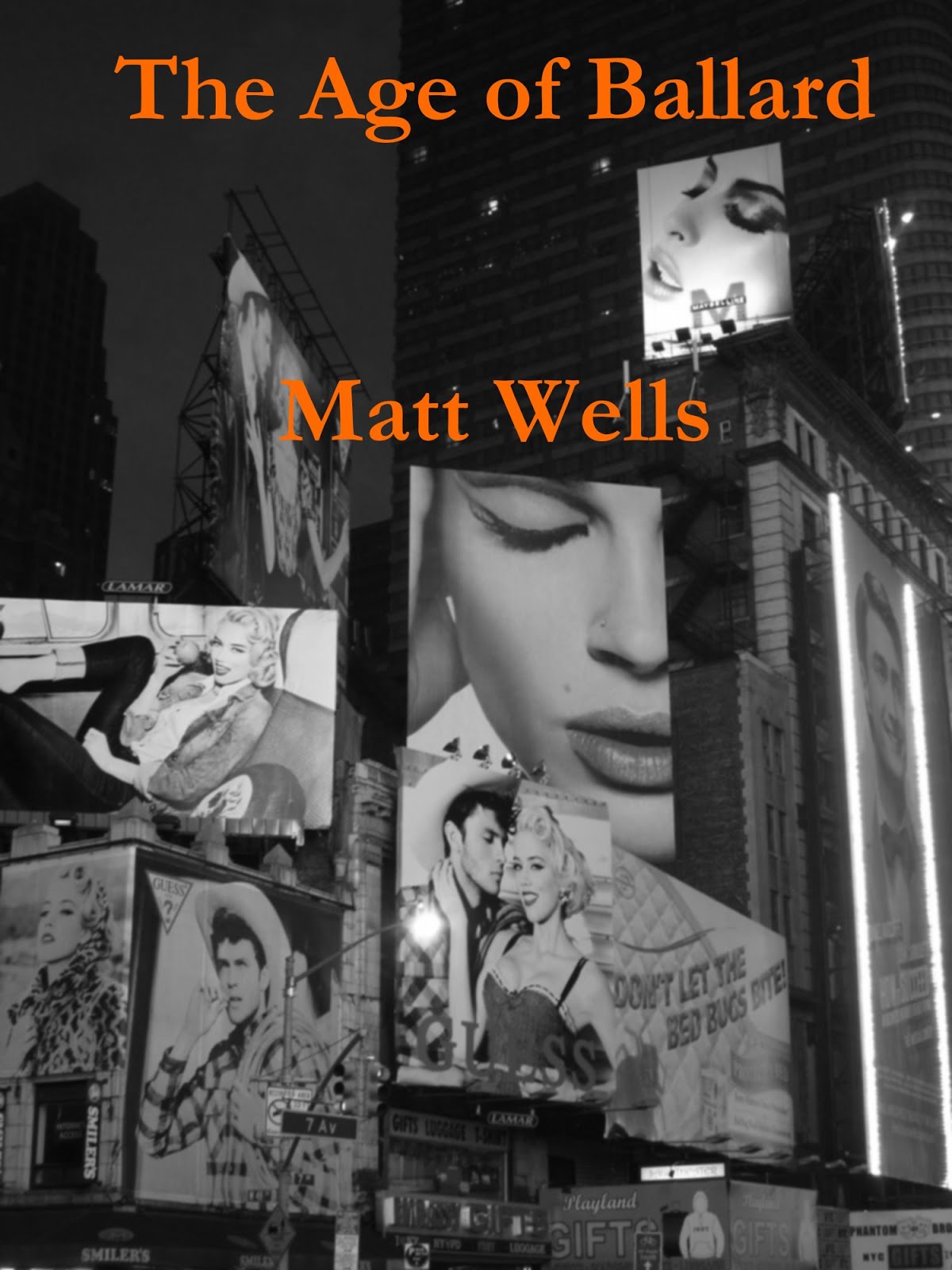

Initial reaction: there's a complete disconnect in my head between the epic nature of this storyline and the fact that it's confined to two issues. And that includes one of those iconic Kirby Photoshop-before-there-was-Photoshop splash pages. Two issues that contain enough material for a miniseries -- it's like the equivalent of one of those not-a-word-wasted Cornell Woolrich short stories that get Hitchcocked into a two-hour movie. Two issues. In today's comic marketplace, a storyline like this would either be paced for the 6-issue trade or stretched out for the 12-issue hardcover. And it would have four artists. And the last issue would ship a year after the second-to-last issue. (Talk about your unabashed shittiness.)
The other thing that struck me was how (blanket generality alert) the direction of storytelling in all media everywhere seems to progress as a rule from larger-than-life to smaller-than-life, as if there's a trade-off to be had when realism enters the picture. Call this Euripides' First Law: when myth is treated realistically, not only does it lose its mythic stature, but it threatens to become a sour and bitter undermining of everything that the original myth stood for. Which is not to say that realism is a bad thing: about the best example of the Euripides approach to comic myth is Watchmen, and it don't get much better than that, folks. But just like not every artist is a Kirby, not every writer is an Alan Moore, although you wouldn't know it to look at all the Moorish (and Millerish) memes that have infected comics over the last 20 years under the guise of "exploring" this or that character or event.
Remember the lesson of Star Trek. If Realism is the termite in the church of myth, then looking at what's happened to the Fantastic Four since the days of Lee and Kirby is like looking at what happened to Star Trek since the days of Roddenberry. The original series (talk about mythic) has melodramatic music accenting every moment of tension and excitement; technobabble is at a minimum; there's an undercurrent of primitive energy that can only be described as sexy. And every series from Next Generation on took the myth further and further from that energy source -- trading the melodramatic horns for hushed violins, upping the technobabble to the level of a separate character, and shrouding everything in reverence. But since by then the termites had eaten away every trace of divinity from the Gods, the church of Kirk, Bones and Spock was empty of all but worshippers.
Which is to say that the blessing and the curse of exploring is that you end up with maps that say "Here is a crack house" instead of "Here there be dragons." Personally, if I have a choice? I'll take the dragons:




No comments:
Post a Comment